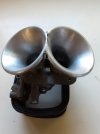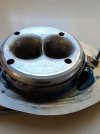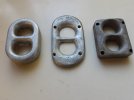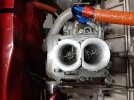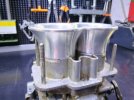fiatfactory
Steve Cecchele
TWM make them... with a full radius rollbackIt is a limitation of the DCNF that it can't have proper stacks. The bore spacing is too tight. IDFs can have but never seem to. They usualy have the cheapie sharp edge impression of a stack
the OE style also work very well... which come in a couple of different heights, like 50 and 60 mm overall ... simply chop the tops off the stock DCNF, and they fit straight on. On a 1600 with 40DCNF's, going from 32 chokes to 34 chokes and adding bellmouths added 8 RWHP, from 101 to 109 at the wheels.
Not sure who did this, pictures from online that I found sometime...
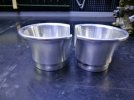
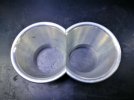
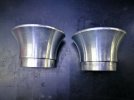
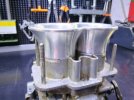
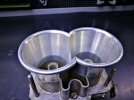
a fair result that would probably be better than standard
or make your own, as shown by Brad Garska earlier in this same thread
Velocity Stacks on 40 DCNF's
We purchased a pair horns from pierce manifolds with screens then removed the tops of the carbs, cut and ground off the choke tubes and installed the stacks. we think they look great and they sound louder but... they need readjustment so OFF to Auto Turismo for some fine tuning.
xwebforums.com
SteveC

